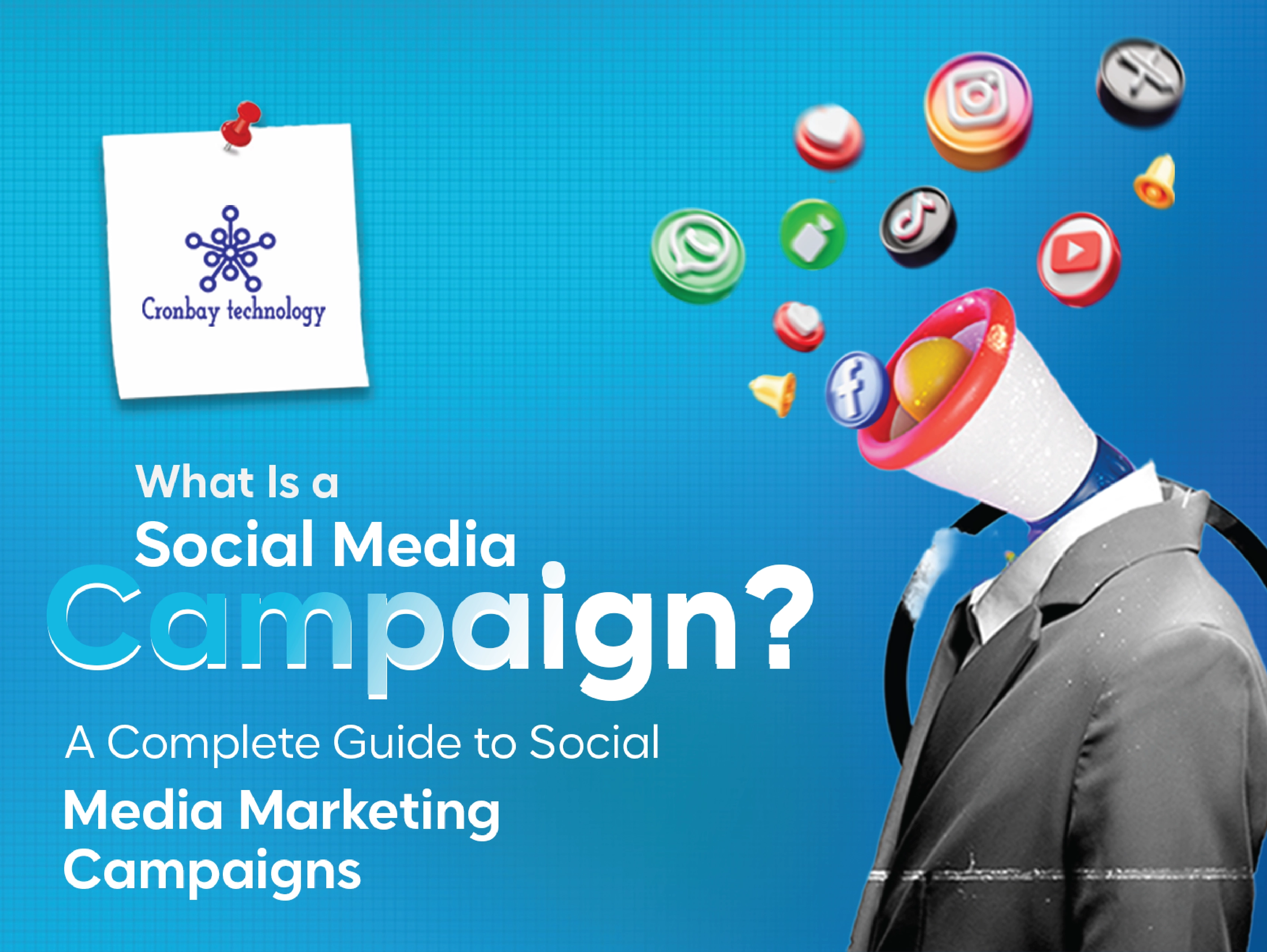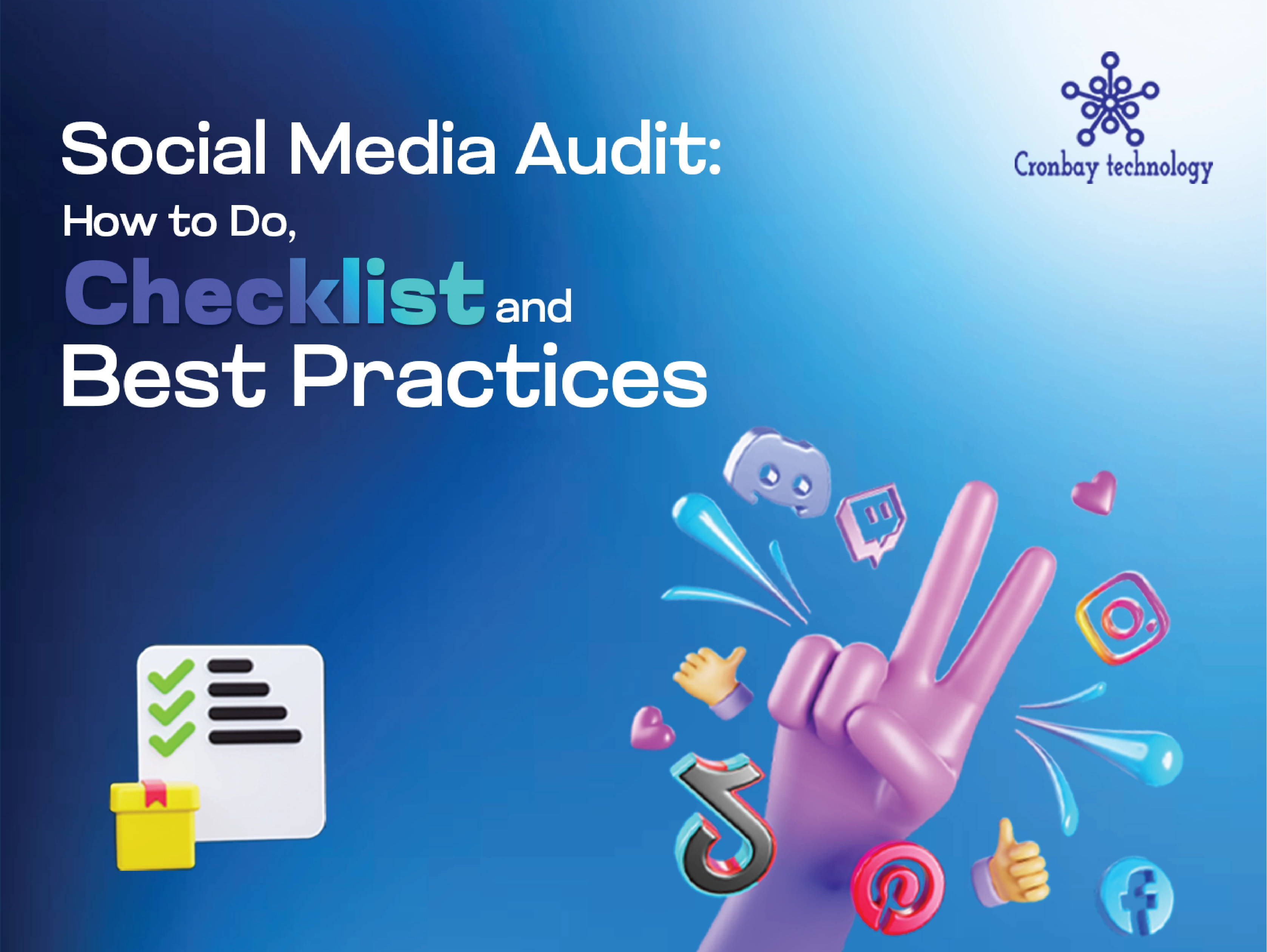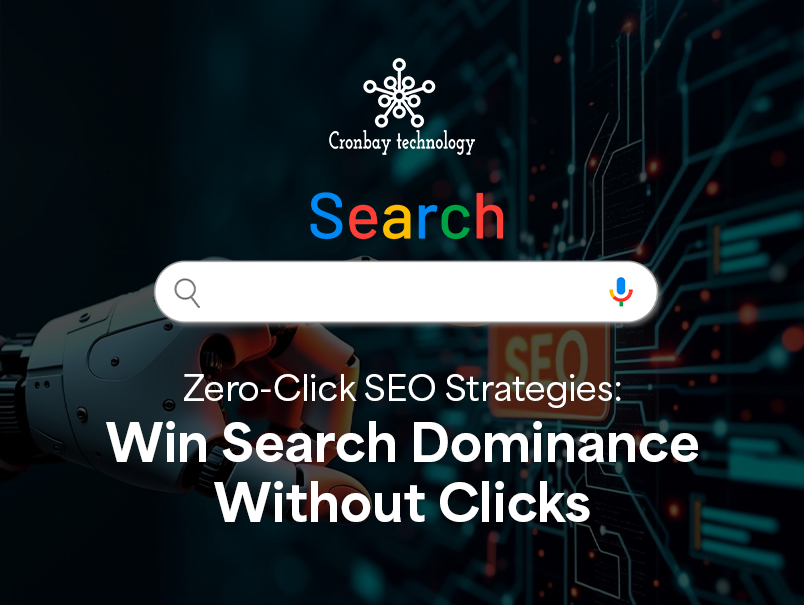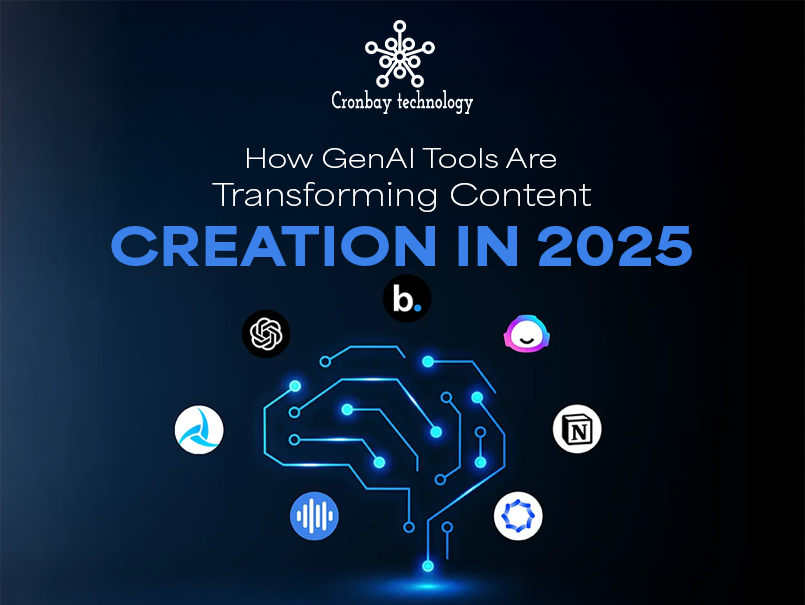A user's search is guided by their search intent. The audience, user, and keyword intent are all terms used to describe this concept. Understanding search intent may assist you in creating content that effectively targets prospective consumers since people's inquiries represent where they are in the conversion funnel. According to a report, Google has 86.86 per cent of the market share for search engines.
What is search intent and why is it important when choosing keywords?
Users do searches because they have a certain purpose in mind. When a person types in a search term, they are looking for a specific answer. The objective is to find out more about a subject or get answers to their queries.
Optimizing for keywords was a top priority, but that has since changed. To get the most out of their campaign, businesses ignored the quality of the content on the page and concentrated only on the keywords. Incorporating keywords was the goal, not the data that went along with them.
Incorporating keywords into your campaign isn't sufficient in and of itself. As a result, you should have a wealth of data that relates to and elaborates on those key phrases. Content and landing pages must be tailored to your target market's search intent.
It's critical to understand and match the search intent of the user. The following are four reasons why the search intent of your target audience is essential when choosing keywords-
-
You're better at meeting their requirements
You can better serve your customers if you match their search intent. It's your job to assist them in finding the information they need.
Suppose someone is looking for "how to take care of succulents" in their search engine results. Your plant shop selling succulents would benefit significantly from creating material that answers this topic.
If, on the other hand, the emphasis of your article was on the wide varieties of succulents that can be purchased, you would be ignoring their search query. No matter what you do with your succulents, you'll need to take care of them.
-
Only one source is needed for leads
Leads must be engaged if you want them to stay on your page. If you answer their questions thoroughly, they don't need to visit many websites to get the necessary information. These people stay on your page and interact with the material you provide.
Because people spend more time on your website, this is a clear signal to Google. Google will increase your website's search engine ranks if your material interests its users and they stay on your page for an extended period.
-
Assume a position of power
Building your company's reputation as an industry expert is easier when you can match the search intent of your users. You may show your audience that you are knowledgeable about your company, goods, and industry by providing relevant information that matches their search query.
Increased traffic to your website is a direct result of being an authoritative figure. They believe that you have a thorough understanding of your field. Increasing your website's visibility in search engine results is a byproduct of establishing a reputation for credibility.
How many types of search intent are there?
Here are the four most common forms of search intent.
-
Informational Intent
The term "informational intent" refers to people's desire to gain knowledge and information. In some cases, the answers to these questions are easy and need just a few words, but in other cases, they necessitate lengthy instructions. -
User's navigation
This feature comes into action when the user knows where they want to travel. They only need the search engine results page (SERP) to point them in the right direction. They may quickly type in the URL to go to the desired website. -
Transactional intent
If you want to purchase anything, you're at the right place. They know they want to buy something, but they're still searching for the best place to do it. E-commerce sites and product and service pages are often found at the top of search results for inquiries with this level of user intent. -
Commercial intent
Commercial intent, or inquiry, sits between the informative and transactional objectives. The searcher has a general idea of what they want to acquire, but they haven't narrowed it down yet. They may still consider the product, brand, or other available offers.
How do you analyze search intent?
-
Take into account keyword modifiers
As mentioned above, keyword modifiers might serve as valuable indications of search intent. However, knowing the phrases isn't enough; you could also ask how to locate these terms while doing keyword research.
Fortunately, there are many reliable keyword research tools to choose from. There are several useful filtering options available, and these are the ones that will be most helpful in this case.
In addition, you may use the SERP tool to filter terms. Filtering for terms that rank for knowledge panels, relevant questions, and highlighted snippets are all examples of how you may use informative purposes. -
The search engine results pages (SERPs) should be examined
Investigating the search engine results pages (SERPs) may help you determine what people are looking for. Search for the term you're looking for in Google's search box. You'll discern which words have the most relevant search intent by looking at the search results. -
Consider the big picture
A single glance at the keywords or the SERPs will seldom be enough to get a complete picture of a term's intent. Nonetheless, this comprehensive strategy will lead you to the most crucial goal.
In addition, since SERPs are dynamic, a keyword's position for one intent may shift from month to month.
What is user intent, and how must it be implemented in the content?
User Intent is a term used to describe the purpose of a Google search. It's possible that some users are interested in buying a product or service while others want to learn more about a specific subject or connect with a business or people.
Simply said, think of your content marketing plan as if it were an item you were selling. If you don't know your target market when you're creating a product, you're setting yourself up for failure. The process of creating content is the same as that of thinking.
A content gap analysis is the most acceptable method for optimizing your content since it allows you to "walk in your user's shoes." Ensure your material covers a wide range of topics, is thorough, and provides value to your readers.
The purpose of your content is to pique the interest of the people you want to reach with it. The most common search terms may be found in Google Search Console, which can be used to begin developing content relevant to the user's purpose. Through the analysis of this data, you can predict what information your users want and tailor your content to meet their needs.
Perform a search engine optimization (SEO) keyword study to discover the search terms your target audience is using. Your audience will be more inclined to share your material if it is well-optimized and relevant to their interests. This can help you increase search engine results and get more website visitors.
The last phase in content production is to understand the buyer's journey. Use the sales funnel steps and your user's objectives to guide your content creation. Use keywords and call-to-actions that match the user's current stage.
Final Thoughts
Optimized content is critical for search engine optimization and building a stronger relationship with your target audience. In the digital world, your company will thrive if you know what your customers want and how to provide it to them via your content. If you don't know where to begin, book an appointment with professionals by clicking here right away to take your company to new heights.
Frequently Asked Questions
Q1. How can you determine what it is that your consumers want?
Ans. If you are having difficulty determining the purpose of your audience, you may just ask them directly. Ask your followers on social media what they need or desire by visiting your accounts there.
Q2. Which kind of requests should you focus on responding to?
Ans. Look at the organic traffic coming to your website using Google Analytics, and pay attention to the kinds of search terms people use to locate your website.





